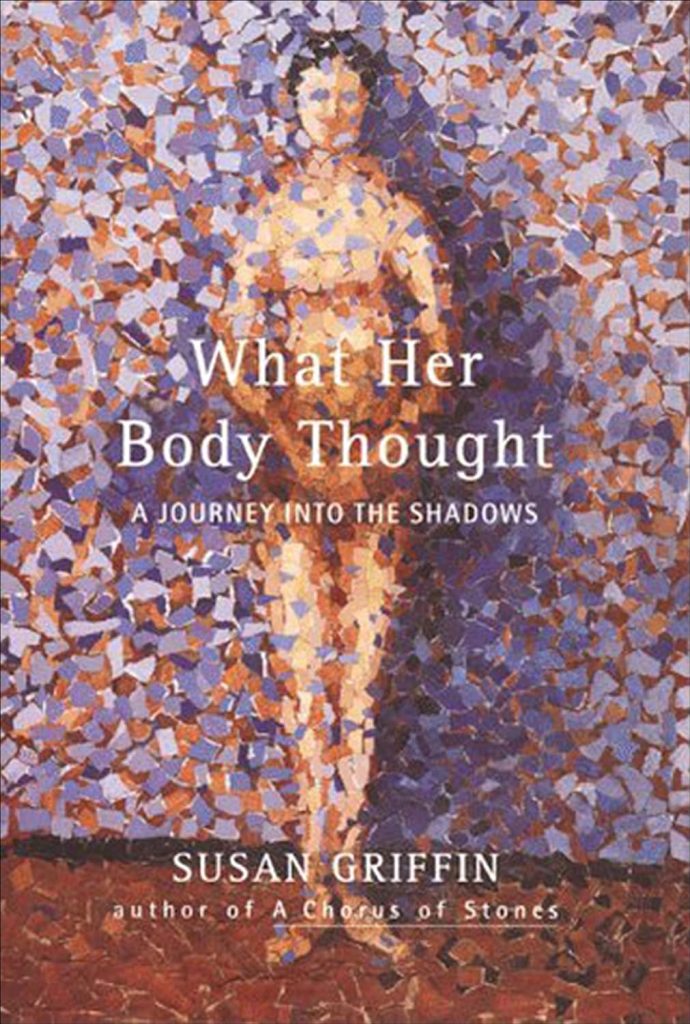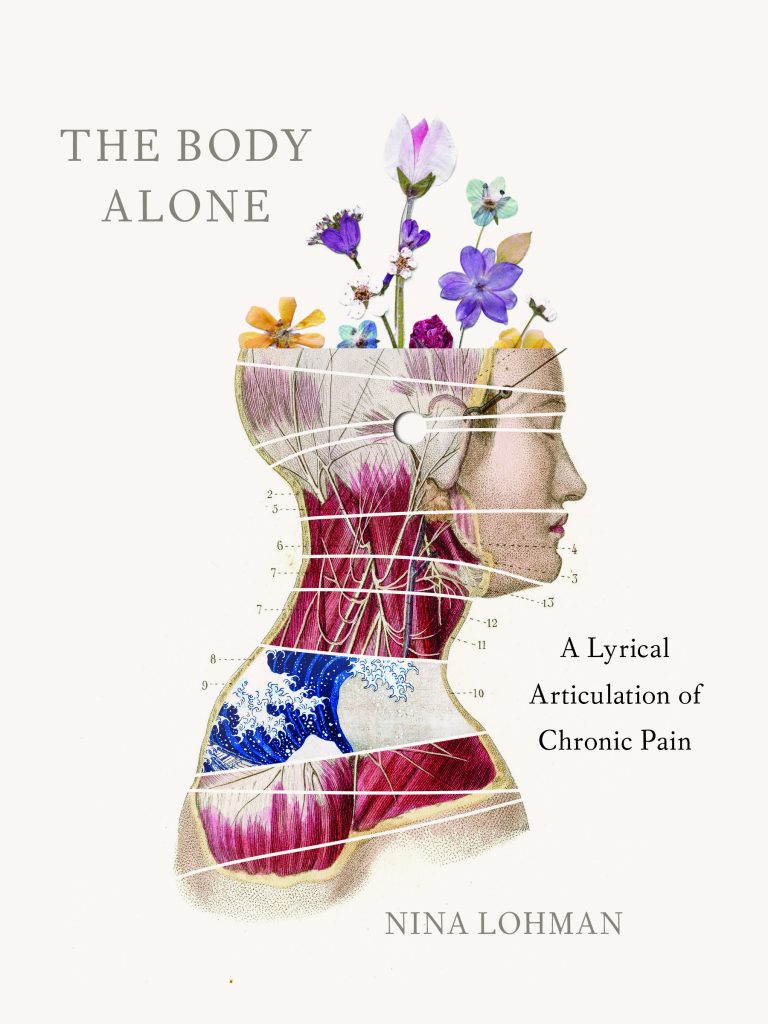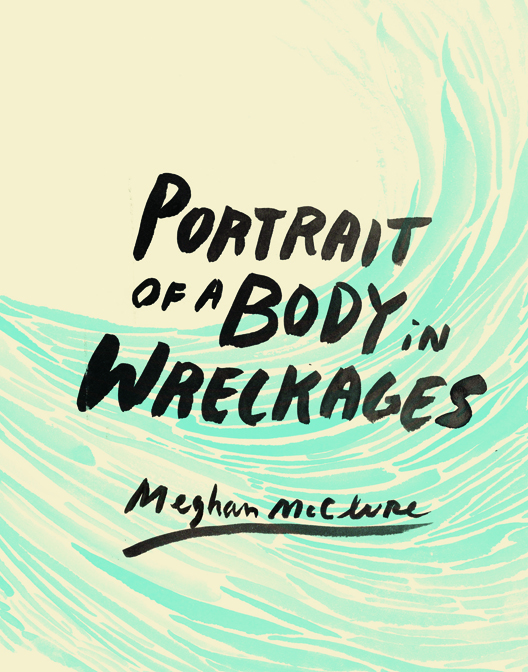Pain fractures.
It fractures bodies into camps of health and malfunction. It fractures time into I probably can and I simply cannot. It fractures trust in the medical system. It fractures relationships, careers, bank accounts, hope.
In writing The Body Alone, form and content needed to reflect what I have experienced as the cyclical quest of a body tangled in pain for nearly two decades. By leaning into hybridity, I could capture the devastating—though often invisible—rift pain caused by activating multiple voices, various literary elements, scholarship, research, theology, and philosophy to carry the weight of an increasingly complicated story.
Broken bodies tell broken stories. Or, they can, at least. Mine does. I find that hybridity beautifully accommodates chronic pain and illness narratives by offering flexible space in which to unravel intricate narratives. This reading list honors the boundary-pressing books that in their hybridity expand and rethink the narrative of chronic pain and illness.
Portrait of a Body in Wreckages by Meghan McClure
Portrait of a Body in Wreckages traverses the biological systems of the body by calling to the surface the body’s function and, at times, dysfunction. Meghan McClure notes, with exacting brevity in micro-reflections and poetic essays, the parts of the body where one might want to linger—its corners and pockets—as well as the parts chronically left behind—skin, fingernails, saliva, piss. Acknowledging the body’s porousness alongside the small violences it endures, McClure beholds pain as a reminder of occupancy in our own bodies and in this world.
Pain Studies by Lisa Olstein
To read Lisa Olstein’s Pain Studies is to look over the shoulder of the author as she gathers, researches, interrogates, dismantles, absorbs, and critiques cultural and literary histories of pain. Blending lyric essay with poetry, Olstein teases out the distinctions between acute and chronic pain while affirming that pain itself is an unknowable condition except by the person, and in the moment, it is being experienced. Unique to this luminous collection is the way Olstein grabs and attaches to the paper those fleeting moments of the experience of pain marveling how, even now, years later, the arrival of pain still manages to surprise.
The Cancer Journals by Audre Lorde
The Cancer Journals documents more than Audre Lorde’s experience with breast cancer and mastectomy. By expanding selected journal entries with critical essays, Lorde, a “Black lesbian feminist mother lover poet,” accounts for the tangled emotional and intellectual journey women face in illness and pain. Confronting the anger, pain, and fear that surrounds diagnosis, treatment, and recovery, Lorde uses her own experience of cancer to illuminate but also push back on the lack of proper care and personal models for survival and recovery. This slim collection captures the brilliance of Lorde’s poetic mind and tender beating heart.
Ava by Carole Maso
Ava unravels, sentence by sentence, the ecstatic mind of Ava Klein, a 39-year-old woman on her last day alive. Maso devotees will recognize, and gravitate towards, this unconventional novel that leaps and circles its way through a blur of memory and actuality, poetry and prose, consciousness and reality, imagination and emotion. Driven by desire and grounded in the search for meaning, Ava articulates the mind of body that has reached its conclusion.
Voice of the Fish by Lars Horn
The Voice of the Fish reads like a current. With ease and purpose, Lars Horn navigates the sometimes fluid other times solid borders and boundaries of the body: their own body, bodies of water, the animal body. Horn identifies and gives language to the complex way the body exists as a locus of tension and an ever-evolving contradiction. Part memoir, part essay, a blend of scholarship and criticism, entirely poetic and gripping, The Voice of the Fish widens the banks of river by expanding our collective understanding of what it means to tell the story of body.

What Her Body Thought by Susan Griffin
Susan Griffin refuses the silence of illness by electing instead to honor the redemptive power of the witness. In What Her Body Thought, Griffin vocalizes the experiences of pain as a means to maintain agency and validate the invisible. Nausea, Nails, Knees: slipped between sections of memoir are collections of micro-essays that evoke dawning awareness of the body. Space, Paper, Wave: these sections capture the voice of a child’s body, a social body, and an erotic body. Pulse, The Honey, Song.
Tender Points by Amy Berkowitz
In the same way people in pain can’t help but press fingertips against the sore spots, Amy Berkowitz admits they can’t resist the impulse to solve the riddle of pain. The arithmetic is this: to be diagnosed with Fibromyalgia, patients must experience discomfort in 11 out of 18 identified places. The micro-essays in Tender Points similarly act as points of contact; they exist as tender points of reflection, refusal, and critique. Berkowitz stares down the ghosts of their past and uses art to reclaim their presence, their voice. (CW: rape and trauma.)








